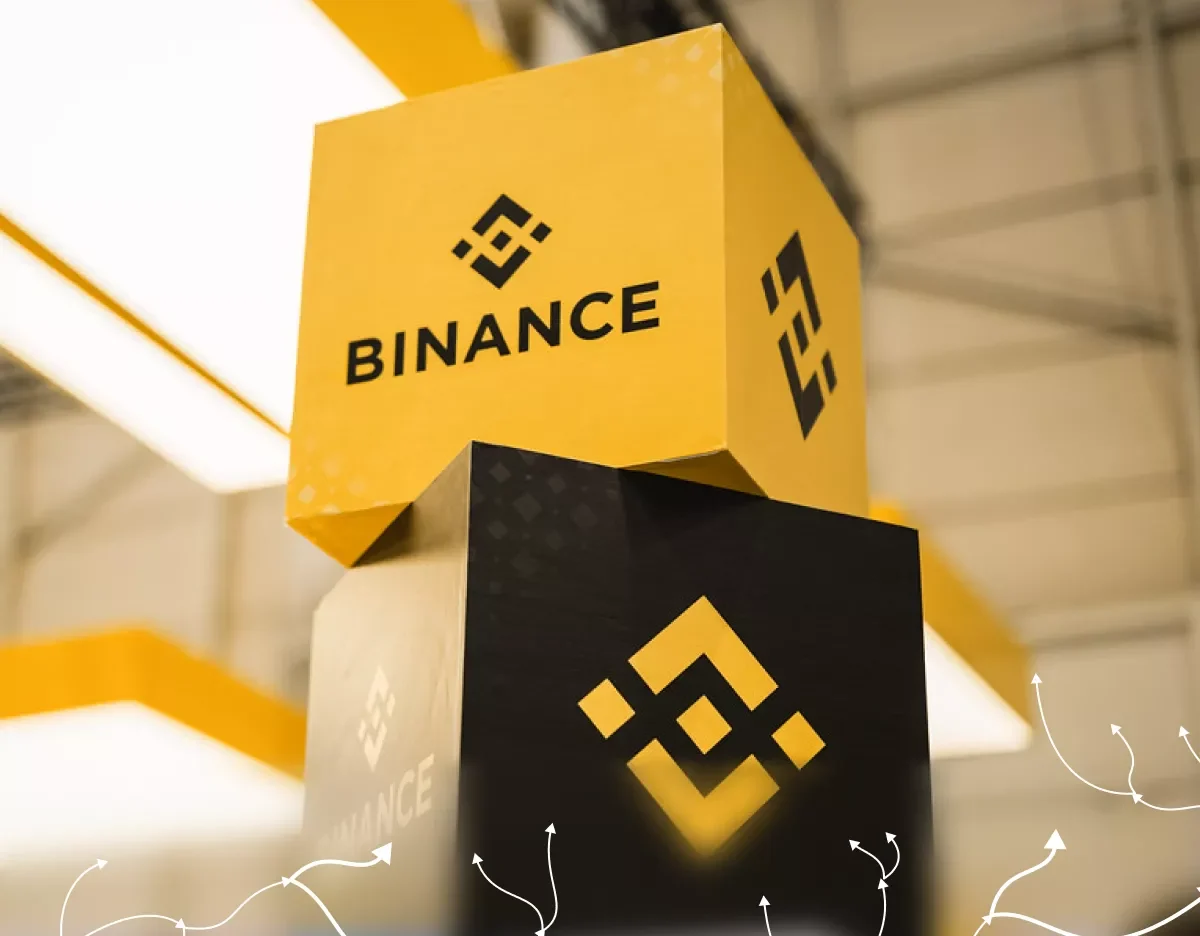Binance formally stopped supporting Tether (USDT) spot trading pairs in the European Economic Area (EEA), in a historic regulatory action. Approved on March 31, 2025, the ruling fits the compliance plan of the exchange toward the European Union’s Markets in Crypto-Assets Regulation (MiCA). Binance Token Being one of the biggest bitcoin exchanges worldwide, Binance’s activities have great weight and set a standard for how digital asset platforms will run in highly regulated areas.
MiCA rules and how they affect stablecoins
First thorough legislation to control cryptocurrencies and digital assets, the Markets in Crypto-Assets Regulation (MiCA) reflects European Union policies. Originally passed in 2024 and progressively implemented through 2025, MiCA seeks to offer a uniform legal framework for all EU members. The control of stablecoins, digital assets linked to fiat currencies such as the U.S. dollar or the euro, is a main emphasis of the control of the regulation.

Although strong in worldwide cryptocurrency markets, Tether’s USDT does not now satisfy MiCA’s openness or authorization criteria. It was against MiCA’s new policies as Tether lacked a European license and its reserves were not fully disclosed. Exchanges functioning in the EU must so either remove USDT from their systems or run possible legal risk. Binance’s move to delist USDT for EEA customers emphasizes the growing importance of legislation and the requirement for full compliance in the evolving European crypto sector.
Compliance Program of Binance
Binance moved quickly to match MiCA in order to guarantee continuous service and steer clear of legal risk. From its European platform, the exchange dropped all spot trading pairs including USDT, DAI, and TUSD as of March 31, 2025. MiCA considers these assets non-compliant. Rather, Binance is pushing MiCA-compliant substitutes include EURI, a euro-pegged stablecoin created under EU authority, and USD Coin (USDC), a regulated stablecoin issued by Circle.
To help consumers turn their holdings into compliant assets, Binance has also started user education campaigns, thorough FAQs, and conversion tools. Despite these limitations in spot trading, Binance continues to offer access to USDT in other formats—such as futures and derivatives products—for customers in certain regions. This method represents a careful balance between sustaining liquidity and conforming to local restrictions.
Effect on USDT European Crypto Traders
For European traders, the delisting of USDT is a huge change. Because of its reliability, great liquidity, and fit with almost every major exchange and distributed platform, USDT has become the pillar of worldwide crypto trading. USDT has long been a dependable link between digital assets and fiat currencies and a hedge against volatility employed by many traders. Users are now having to rethink their trading plans after spot markets for it were taken off of European marketplaces.
Although over time this change is likely to encourage more regulatory clarity, it may cause first friction and reduce liquidity in some trading pairings. The need for compatible stablecoins like USDC has already surged. Many people are also examining EURI and other euro-pegged digital currencies that meet MiCA standards. Now rushing to include these compatible alternatives to guarantee flawless user experience are exchanges and wallet providers all throughout Europe.
Response from the Industry-Wide Regarding MiCA
The action of Binance is not a singular reaction. The rippling impact of MiCA’s enforcement is being seen across the worldwide crypto sector. Other large exchanges, notably Kraken, have also taken efforts to delist or restrict access to non-compliant stablecoins. Kraken, for instance, placed USDT in “sell-only” mode for European consumers as early as March 2025, allowing them to exit positions but banning new purchases.

Although some detractors contend that the standards are overly strict and can stifle creativity, many business leaders agree that institutional trust and mainstream acceptance depend on well defined norms. This changeover phase is not without its problems. Areas that will call constant attention are market liquidity, trading pair diversification, and user education. Most analysts, however, think that the long-term advantages—consumer protection, lower risk, and more openness—will exceed the temporary disturbances.
Ascent of stablecoins compliant with MiCA
Compliance alternatives are fast becoming more and more popular as non-compliant stablecoins like USDT are pulled out of Europe. For many consumers and businesses, Circle’s USD Coin (USDC) is becoming their first choice. Regular audits, full reserve support, and a track record of regulatory cooperation help USDC to close the liquidity vacuum created by USDT’s leaving. Exchanges are similarly pushing euro-backed stablecoins like EURI to support the use of local currency-pepped assets.
For European Union users, these stablecoins are perfect since they are issued by regulated financial institutions and totally guaranteed by euro reserves. The stablecoin ecosystem changes with the advent of these fresh assets. The market might now change into a more varied and locally customized environment instead of depending on a small number of dominating companies. To stay competitive in the post-MiCA environment, exchanges, wallet providers, and DeFi platforms are fast including these new tokens.
Summary
The decision of Binance to stop USDT spot trading in Europe marks a turning point in the regulatory path of cryptocurrencies. Although this change might throw off established trading patterns and limit access to well-known assets like USDT, it also prepares Europe for a safer, more open, and institutionally approved crypto market. The European crypto ecosystem is entering a new phase shaped by laws, responsibility, and long-term development as compliant alternatives increase and user knowledge improves.



